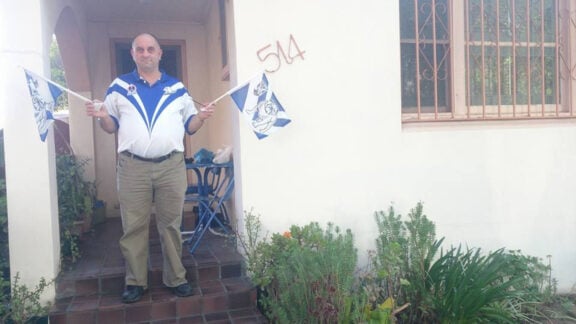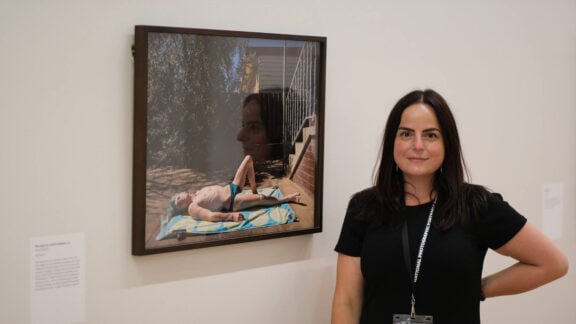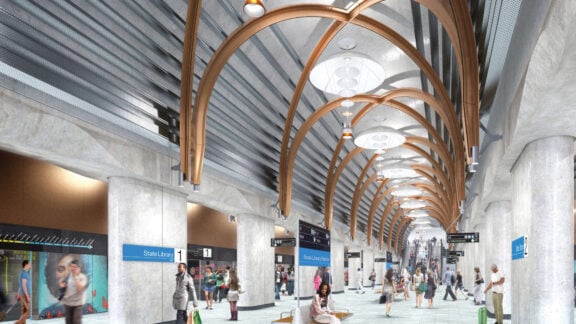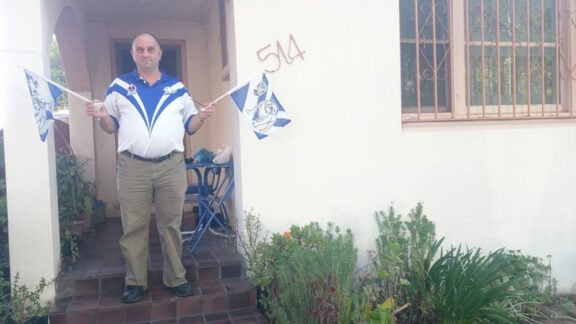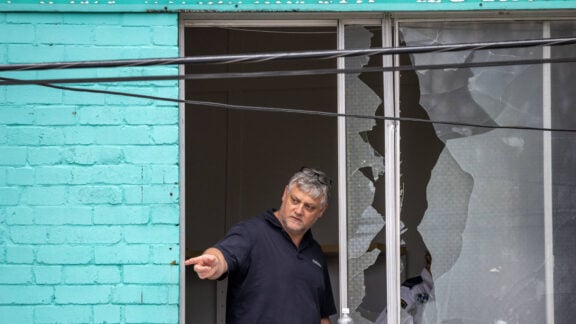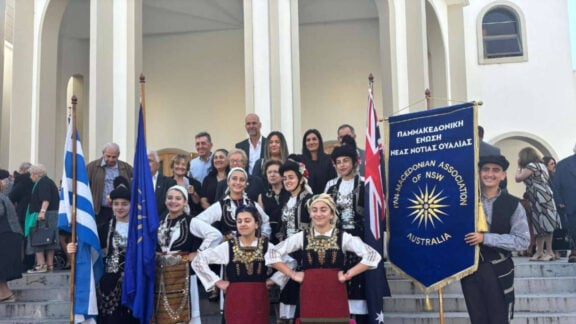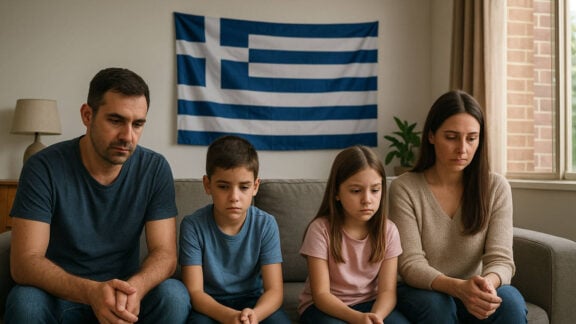A unique piece of history is coming to life in Thessaloniki, thanks to the passion and memory of 96-year-old Melbourne resident and Asia Minor descendant, Tasos Kolokotronis.
Kolokotronis has donated 30 detailed scale models depicting scenes from rural life in 1930s Nea Magnisia — his birthplace in northern Greece — to the local council of Delta Municipality and the Asia Minor Association of Ionia “Herodotus.” These works, crafted over decades, now have a permanent home in a repurposed building in the village, which will become a folk museum.

The models showcase the homes, squares, farming tools, carts, threshing floors, water-drawing systems known as manganopigada (or tsark, in Turkish), and early 20th-century rural machinery that formed the backbone of everyday life in Nea Magnisia before World War II. These dioramas were previously on display in an Australian museum for over ten years — a country where Kolokotronis spent much of his adult life.
“Now, they’ve returned to where they belong,” he told Neos Kosmos, proudly announcing that he’ll attend the presentation of the newly published History of Nea Magnisia on May 18.

A life bridging continents
Born to refugee parents from Hamidiye (Muratlı) in the Magnesia region of Asia Minor, Kolokotronis believes his surname traces back to the famous Kolokotronis family of the Peloponnese, some of whom migrated to Asia Minor and adopted the name Karampetsoglou during the Ottoman period.
He completed primary school in his village before the outbreak of WWII interrupted his education. After the war, in 1945, he was accepted into the American Farm School of Thessaloniki for a four-year course in agriculture and agritech. In his third year, however, he left to join the Army’s Technical School in Athens, where he trained for five years as a vehicle and tank engineer, graduating with a top-tier mechanical qualification and discharging in 1953.

The following year, he migrated to Australia, where his skills were put to use in several high-level technical roles — from car dealerships and military aircraft factories to the Civil Aviation Department and airline companies. He worked as a specialised engine mechanic and systems engineer.
In 1983, after 30 years in high-tech industry, Kolokotronis returned to education. He completed both Greek and Australian high school equivalencies and pursued further studies in electronics.
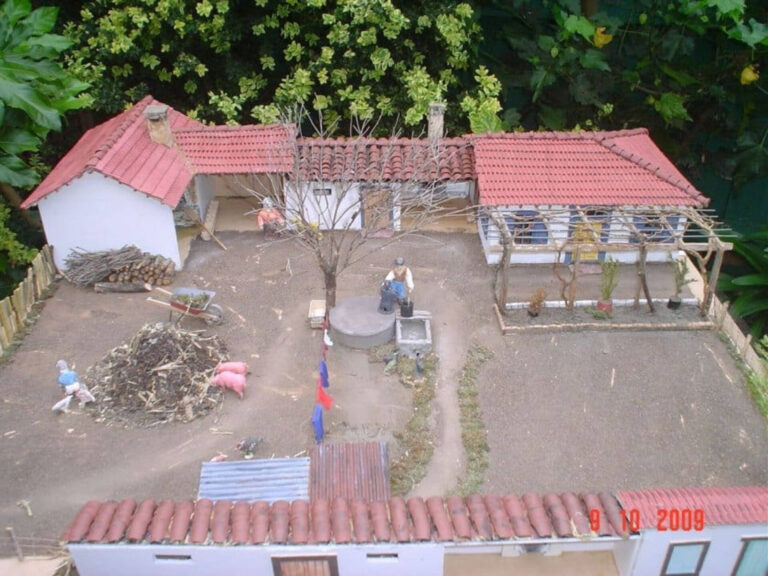
Still creating at 96
Today, Kolokotronis remains intellectually and creatively active. In his free time, he paints, gardens, builds miniatures, reads, uses computers and goes on long drives.
He recently drove all the way to the Gold Coast as a commemorative ode to his late wife with whom he used to drive there with every year.
Kolokotronis is also a prolific self-published author, having written and released over 20 books recounting the various chapters of his extraordinary life across two continents.
His legacy now lives on not only in print, but also through the miniature world he painstakingly recreated — a tribute to the resilience, culture, and traditions of the Asia Minor Greeks who rebuilt their lives in northern Greece after the 1922 Catastrophe.

